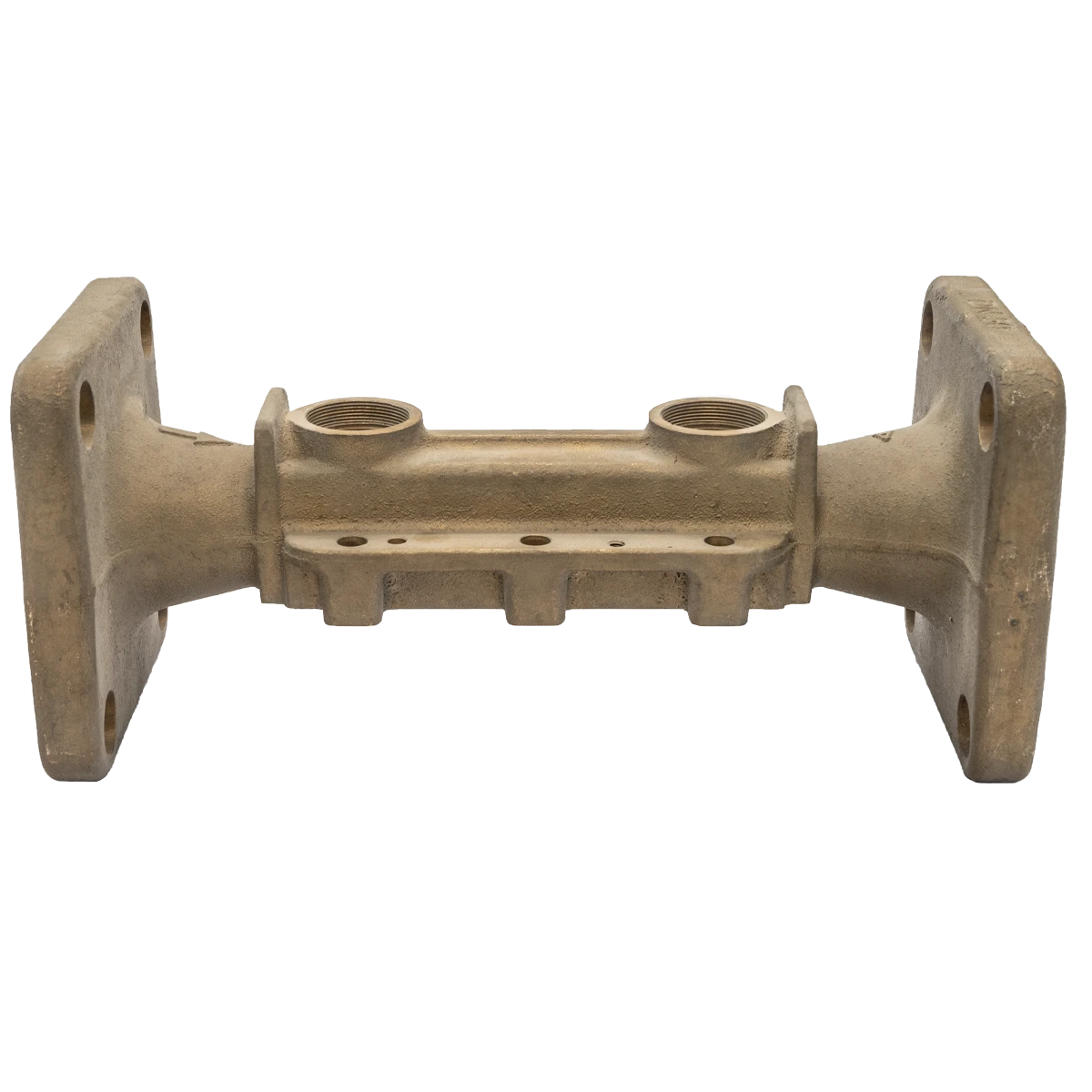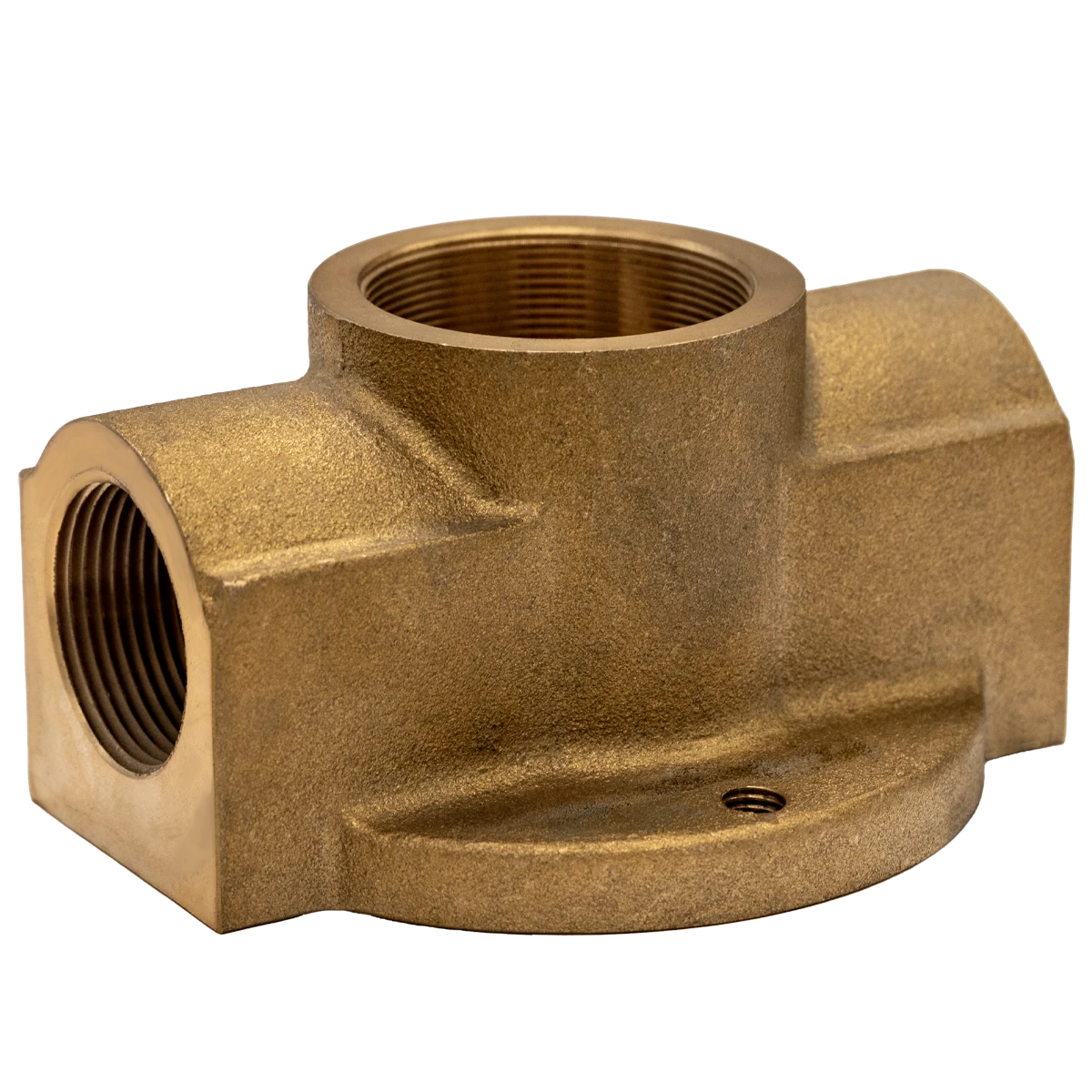Mobile:+86-311-808-126-83
Email:info@ydcastings.com
English
Exploring the Benefits and Applications of Stainless Steel 316 in Precision Casting Techniques
Stainless Steel 316 Casting An Overview
Stainless steel is a popular material in various industries due to its excellent corrosion resistance, strength, and durability. Among its various grades, stainless steel 316 stands out as a superior choice, especially in environments that require resistance to more aggressive substances. This article delves into the characteristics, applications, benefits, and casting processes associated with stainless steel 316.
Characteristics of Stainless Steel 316
Stainless steel 316 is an austenitic stainless steel, primarily composed of chromium (16-18%), nickel (10-14%), and molybdenum (2-3%). The addition of molybdenum significantly enhances its resistance to pitting and crevice corrosion, making it ideal for use in marine environments, chemical processing, and other harsh settings. Furthermore, it boasts a high tensile strength, excellent welding properties, and the ability to withstand elevated temperatures, adding to its versatility.
One notable feature of stainless steel 316 is its non-reactive nature. This characteristic is particularly advantageous in the food and beverage industry, where hygiene is paramount. The smooth, polished finish also allows for easy cleaning, mitigating the risk of contamination.
Applications of Stainless Steel 316
The broad applicability of stainless steel 316 makes it an essential material in numerous sectors. Some typical applications include
1. Marine Industry Due to its corrosion resistance, 316 stainless steel is commonly used in boat fittings, rigging hardware, and marine equipment.
2. Chemical Processing The ability of 316 stainless steel to resist a variety of chemicals makes it ideal for manufacturing tanks, valves, and piping systems in the chemical industry.
4. Pharmaceuticals Sterile environments are crucial in pharmaceuticals, which is why 316 stainless steel is often used to fabricate equipment that meets stringent hygiene standards.
stainless steel 316 casting

5. Oil and Gas Components such as valves, pumps, and compressors made from 316 stainless steel ensure reliability and longevity in the demanding conditions of the oil and gas industry.
The Casting Process of Stainless Steel 316
Casting is a vital manufacturing process used to create complex shapes with high precision. The casting of stainless steel 316 typically involves several key steps
1. Mold Preparation Molds are created from sand, metal, or other materials, designed to form the desired shape of the final product.
2. Melting Stainless steel 316 is melted in an electric arc or induction furnace, reaching temperatures exceeding 1400°C (2550°F). This process requires careful temperature control to ensure the material's properties remain intact.
3. Pouring The molten steel is poured into the prepared molds. This step must be performed swiftly to minimize oxidation and ensure even distribution.
4. Cooling Once poured, the stainless steel 316 takes time to cool and solidify in the mold. Cooling rates may vary depending on the cast component's thickness and design.
5. Finishing After cooling, the castings are removed from the mold and undergo several finishing processes, including machining, polishing, and surface treatment to enhance their appearance and corrosion resistance.
Conclusion
In conclusion, stainless steel 316 casting is a vital process that produces a material renowned for its robustness and versatility. Its exceptional resistance to corrosion and heat makes it an optimal choice for various industries, from marine to pharmaceuticals. Understanding the unique properties and the casting process of stainless steel 316 helps manufacturers and engineers select the right materials for their specific applications, ensuring reliability and efficiency in their operations. Whether it’s for structural components or intricate machinery, stainless steel 316 continues to stand the test of time, reinforcing its position as a critical material in modern manufacturing.
-
Materials Used in Manufacturing Cap End Pipe FittingsNewsNov.24,2025
-
Material Properties of CF8M CastingNewsNov.24,2025
-
How to Inspect Pump Cap Ends for DamageNewsNov.21,2025
-
Backward Curved Impeller – Efficient Airflow Solutions for Industry | YD CastingsNewsNov.21,2025
-
Automobile Water Pump - Efficient, Quiet, Durable & ElectricNewsNov.21,2025
-
Impeller for Pumps – High-Efficiency, Durable, OEM-ReadyNewsNov.21,2025











